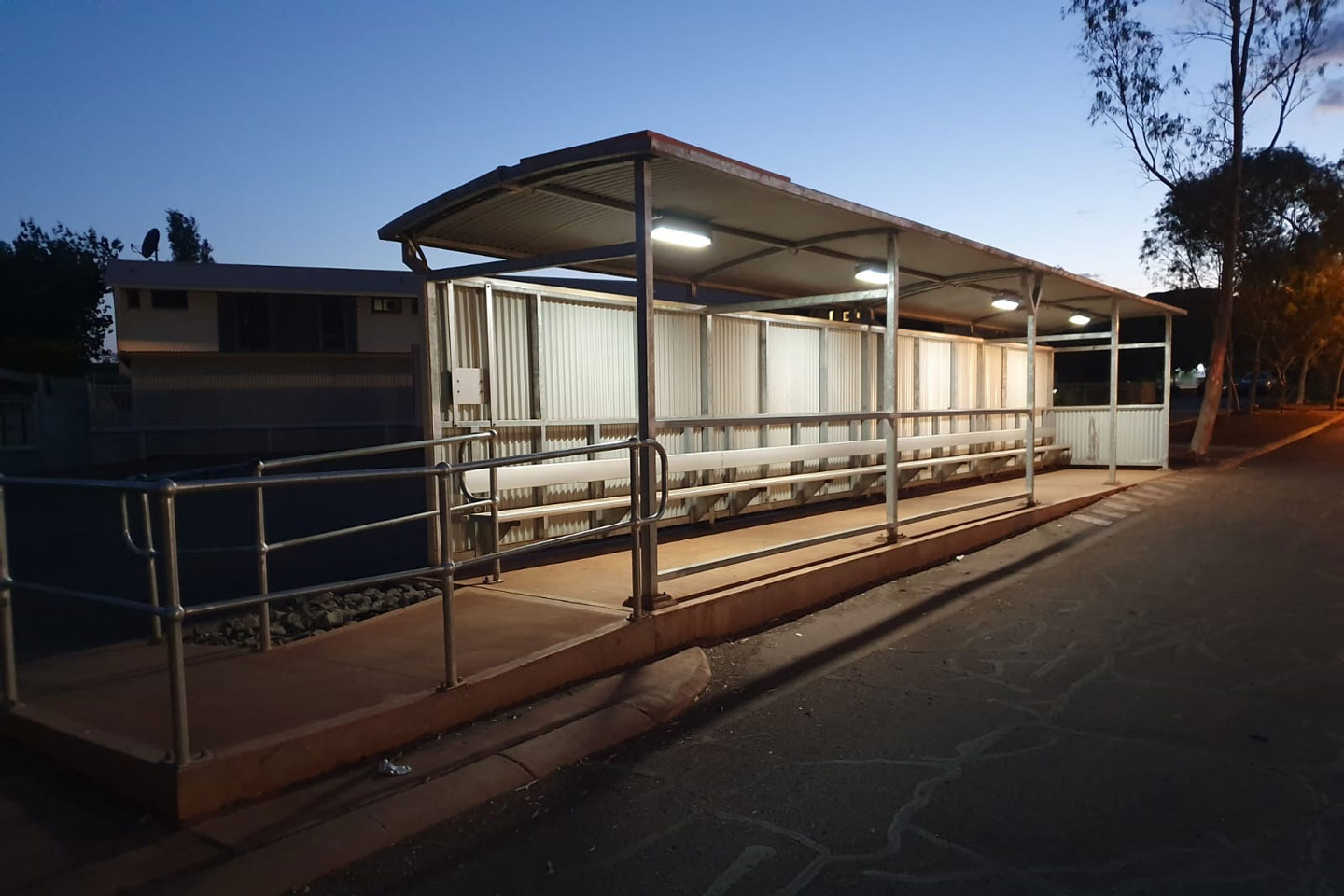

As the discussion around becoming more climate conscious continues, both businesses and individuals can take steps to make their work sites and construction projects more environmentally efficient. Looking at more efficient and environmentally sustainable lighting plans for all work areas is a great place to start.
Sustainable lighting is defined as using lighting to reduce energy consumption while maintaining or improving human comfort and safety. Solar and LED lighting have emerged as two of the most efficient and affordable options in recent years — offering numerous environmental benefits over traditional lighting solutions. By incorporating sensors, smart controls, and efficient fixtures to achieve optimal energy performance, you can further increase energy savings while decreasing unwanted light pollution.
When it comes to choosing the right products for your site lighting design plan, it is important to consider the different benefits and drawbacks of each type of product.
SOLAR
Solar lights are a great option for those looking for an environmentally friendly way to light their property. Solar lights rely on the sun’s energy to recharge batteries, which means they don’t produce any emissions. Solar lights are also very easy to install, require very little maintenance and they run silently.
When looking at using solar lighting for your site it is important to make sure the products you choose have good autonomy and energy storage for those overcast days where there is little sun light to harvest. For regions where there is minimal sunlight in some seasons due to inclement weather, solar may not provide the required level of lighting to fully recharge batteries.

LED
Mains LED lights is a great option for efficient lighting especially in internal areas or where solar is not feasible. LED lights are much more energy-efficient than traditional incandescent lights, last much longer and do not have the yellowish hue that older fittings can emit. They also produce very little heat, which makes them safer to use in harsh environmental conditions or confined spaces.
When choosing a fitting, the correct colour temperature, beam angle, wattage and placement is critical to light an area consistently and to optimise productivity.
As colour temperature effects mood and alertness levels it is best to use lighting temperatures that align correctly:
2700K-3500K: Warm lighting for residential, hospitality and other relaxing environments. Also important for external lighting in environmentally-sensitive areas (ie. turtle hatchlings)
4000K: Daylight for industrial and manufacturing applications.
5000K-6000K: Cool lighting for office and commercial spaces.
The right beam angle ensure even lighting levels and reduced unwanted light pollution. For example a street light focuses light down a street, while ensuring it doesn’t blind drivers by flooding light to where its not needed.
When choosing a fixture’s output, higher wattage means more light, but also higher energy consumption. You will want to select fixtures that provide the amount of light you need without using more energy than necessary.

Earthtrack Group, a local manufacturer and supplier of energy efficient lighting solutions are experts in industrial and site lighting. With over 10 years in the industry they have helped many companies improve their lighting plans, increase productivity and reduce their impact on the environment. Their team of lighting designers and engineers help organisations make the correct lighting choices for even the most difficult sites and terrains. Earthtrack’s signature Solar Towers have helped light up some of the most remote and difficult areas across Australia.
Specialist advice can help make the transition to energy efficient lighting easier and less costly. Through detailed site audits, light levels can be measured and solutions provided for difficult to light areas. Earthtrack offers auditing services to ensure site lighting is functioning optimally and efficiently.
Sustainable lighting for work sites is an important step towards reducing energy costs, mitigating environmental damage and improving safety. By utilising the latest in sustainable technologies, such as LED lights and solar solutions, owners can ensure that their sites are well lit while also saving money on energy bills. With a little bit of research and planning it is possible to find the best lighting solution that fits all of your needs while keeping both your budget and the environment in mind.











